How to Lower Energy Bills
From LED bulbs to home energy audits, these 10 smart strategies can help you reduce energy use and save money


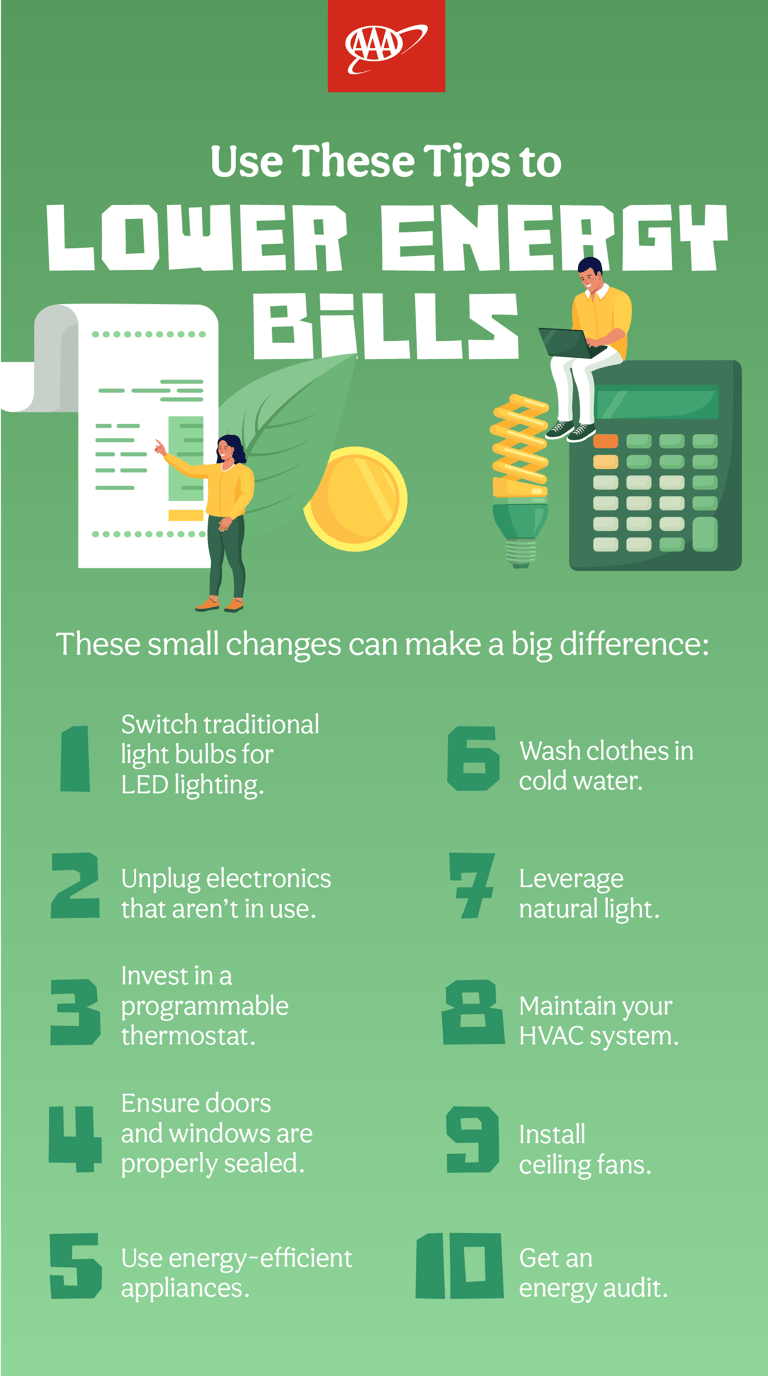
Cutting energy costs doesn’t have to be complicated. In fact, small changes can lead to significant savings over time. Whether you’re looking to reduce your carbon footprint or ease the strain on your wallet, these strategies can help lower your energy costs without sacrificing much time or comfort.

1. Switch to LED lighting
One of the easiest ways to lower your energy bill is by swapping out traditional lightbulbs for energy-efficient LED lighting. LEDs use at least 75 percent less energy and last 25 to 50 times longer than incandescent bulbs. This means you’ll save on both your energy bill and lightbulb replacement costs. While the upfront costs of LEDs may be slightly higher, they pay for themselves in the long run. In fact, switching your five most-used light fixtures to LED bulbs could save $75 per year on your electricity bill, according to the US Department of Energy."
2. Unplug devices when idle
Even when they’re not in use, many electronics and appliances continue to drain power, something known as “phantom energy” or “vampire load.” Everything from your coffee maker to your TV can contribute to these hidden costs.
Unplugging devices—or using power strips to turn off multiple electronics at once—can help save you money without much effort. Consider using smart power strips or automatic timers that automatically shut off power to devices when not in use. According to US Department of Energy, this can reduce standby power usage and lower your energy bill, saving hundreds of dollars a year in annual energy costs for the average home.
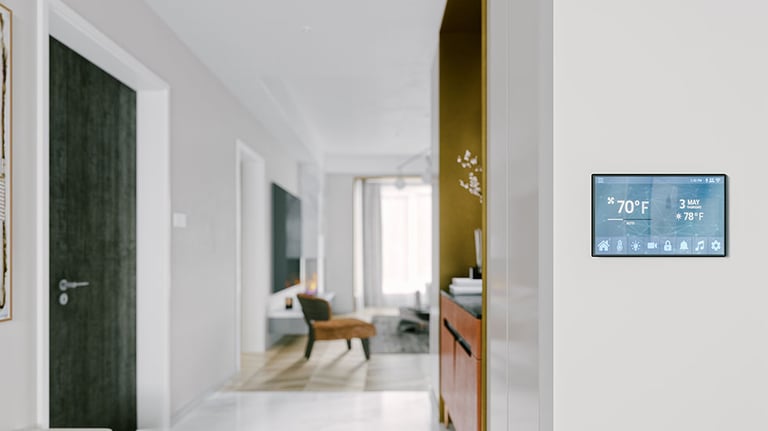
3. Use a programmable thermostat
Heating and cooling account for the largest portion of household energy usage, so a programmable thermostat can make a big difference in your energy consumption. It allows you to maintain a consistent temperature throughout the home while reducing unnecessary heating or cooling by pre-setting the temperature when you're asleep or away.
According to guidelines from the US Department of Energy, a good rule of thumb is to lower your thermostat by 7 to 10 degrees for eight hours a day in the winter—such as when you’re sleeping or away from home. This could save you up to 10 percent annually on heating costs. The Department of Energy also recommends setting your thermostat to around 68 degrees during the day and lowering it at night. In summer, aim for 78 degrees when you're home and higher when you're away.
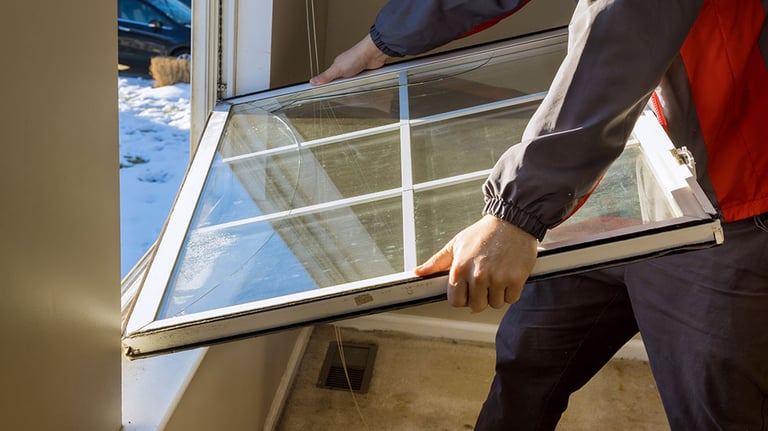
4. Check window and door seals
Poor insulation can cause your heating and cooling systems to work harder, leading to higher energy bills. Simple fixes like weather stripping, caulking, and using draft stoppers can make a noticeable difference—in both comfort and cost savings.
By sealing gaps in windows and doors, you’ll prevent heat loss in the winter and keep cool air inside during the summer. To check for drafts, run your hand around the edges of windows and doors on a windy day. If you feel air coming through, seal those gaps as soon as possible.
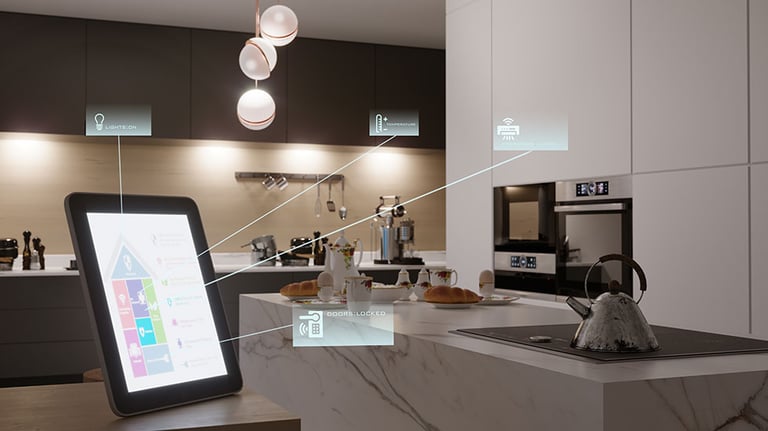
5. Invest in energy-efficient appliances
When it’s time to replace older appliances, consider investing in Energy Star-rated products. These appliances are designed to use less energy and water while performing as well as (or better than) standard models. While the upfront costs may be higher, the long-term savings on your energy bill will outweigh the initial investment. For example, replacing an old refrigerator with a new Energy Star-rated model can save you up to $300 over five years.
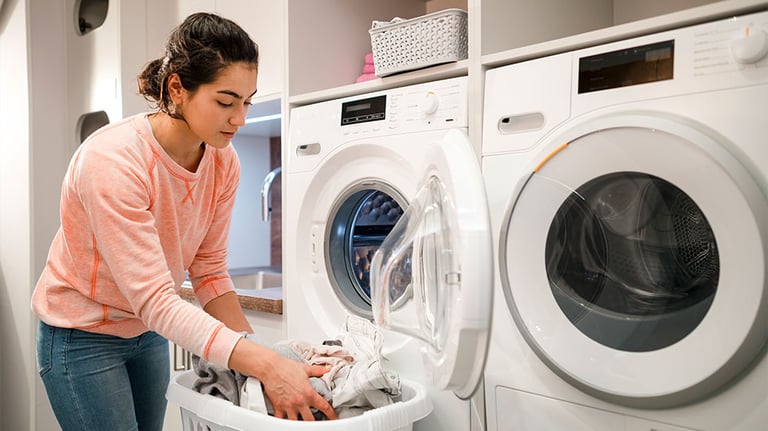
6. Wash clothes in cold water
Heating up water accounts for a significant portion of energy usage in most homes, especially when doing laundry. In fact, about 90 percent of the energy consumed during a typical load of laundry comes from heating the water, according to the US Department of Energy.
By switching to cold water for most of your laundry, you can reduce energy consumption without sacrificing cleanliness. Most detergents are formulated to work just as effectively in cold water, so your clothes will still come out clean and fresh.
7. Leverage natural light
Take advantage of natural sunlight during the day to reduce your dependence on electric lighting. Open curtains and blinds to let in daylight, which can brighten your home and help warm it up during the winter months. By using less artificial lighting, you’ll cut down on energy costs while also creating a more pleasant living environment.
If you’re concerned about heat buildup in the summer, use light-colored window treatments or UV-blocking films to reduce heat while still allowing natural light to enter.
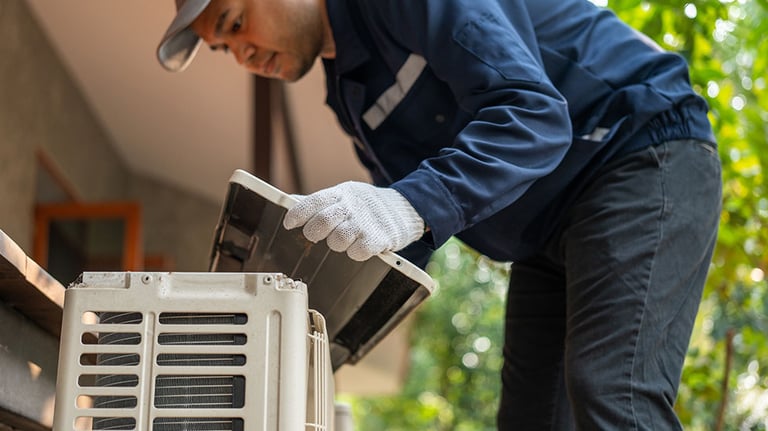
8. Maintain your HVAC system
Regular maintenance of your heating, ventilation, and air conditioning (HVAC) system can significantly improve its efficiency. Change filters every one to three months. Replacing a dirty, clogged filter with a clean one can lower your air conditioner's energy consumption by 5 to 15 percent. Also schedule annual tune-ups to ensure your system is running smoothly. A well-maintained HVAC system uses less energy and therefore has lower energy bills. Regular cleaning or replacement also will improve the air quality in your home.
9. Install ceiling fans
Ceiling fans can help circulate indoor air and can reduce reliance on air conditioning or heating. In the summer, set your ceiling fans to spin counterclockwise to create a cool breeze; in winter, set the direction to clockwise to push warm air down from the ceiling. This simple switch can make your home more comfortable and reduce the strain on your HVAC system.
It’s estimated that using ceiling fans, in conjunction with your HVAC system, can help you raise the thermostat setting by about 4 degrees in the summer—potentially saving up to 8 percent on cooling costs.
10. Schedule a home energy audit
A n energy audit is a thorough assessment of your home’s energy usage, designed to identify areas where you may be wasting energy and recommend improvements for greater efficiency. During an energy audit, a professional auditor examines your home’s insulation, heating and cooling systems, appliances, and windows, and other factors to pinpoint inefficiencies and suggest solutions.
An audit can help lower your energy bill by highlighting specific, individualized changes that can lead to significant savings over time. It can also help make your home more environmentally friendly while boosting comfort and overall energy performance.
The bottom line
Lowering your energy bill doesn’t require major sacrifices or costly upgrades. By making small changes, you’ll see a noticeable reduction in your monthly energy expenses while also contributing to a more sustainable environment. With a few thoughtful changes, you can cut your energy costs and reduce your environmental impact—without major sacrifices or expensive upgrades.
